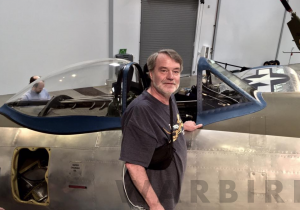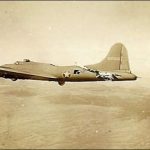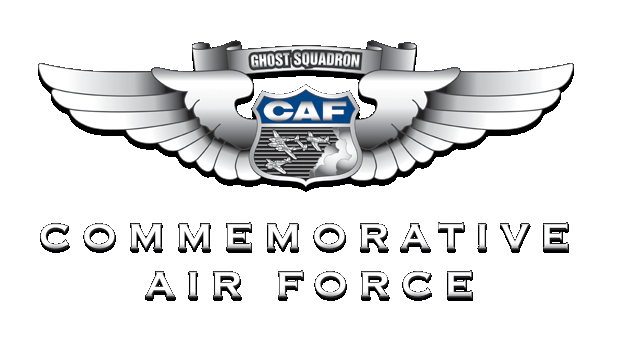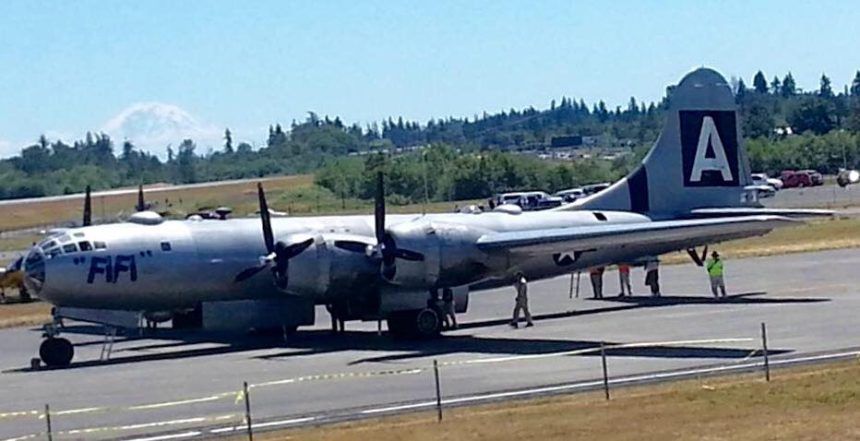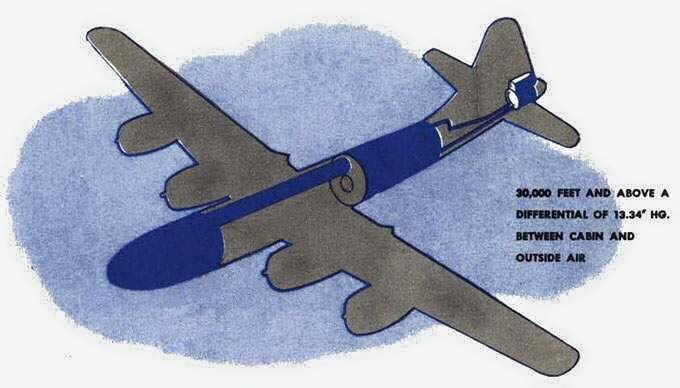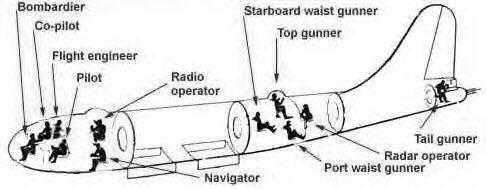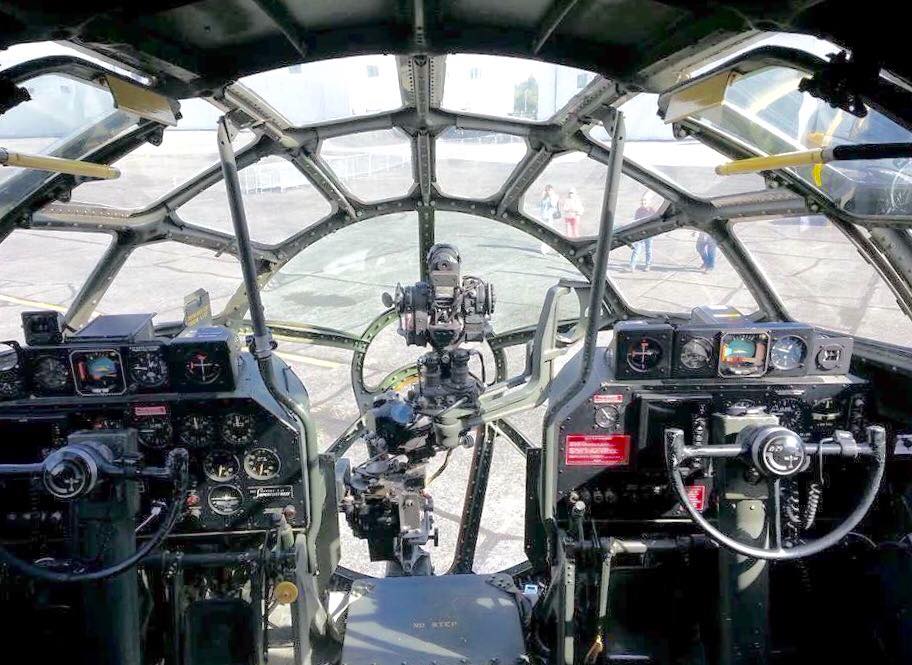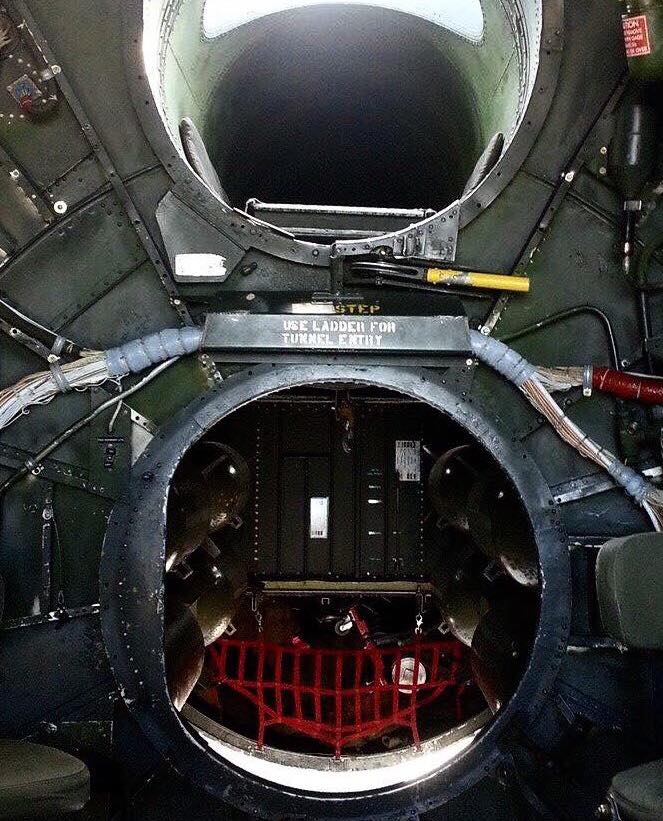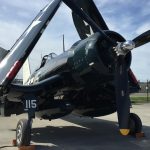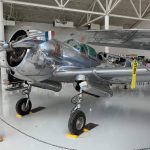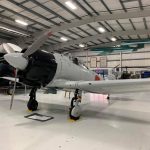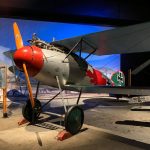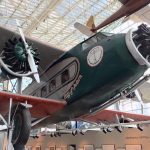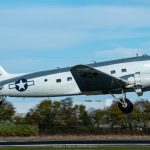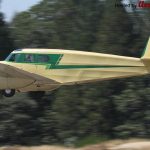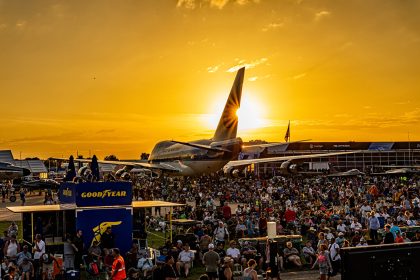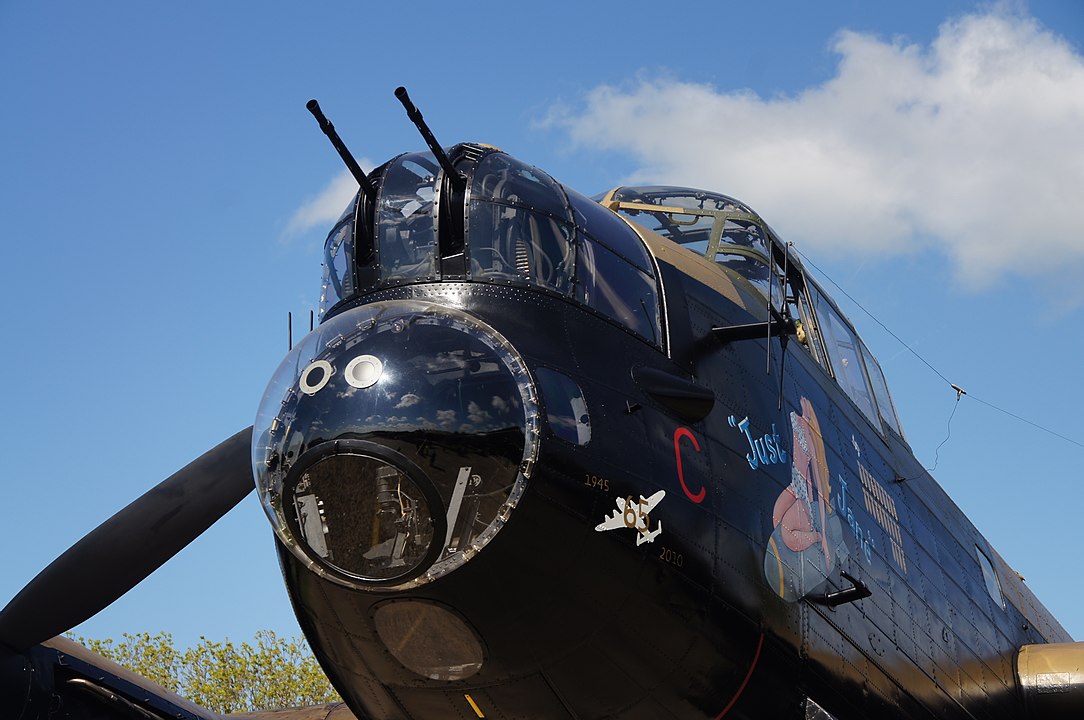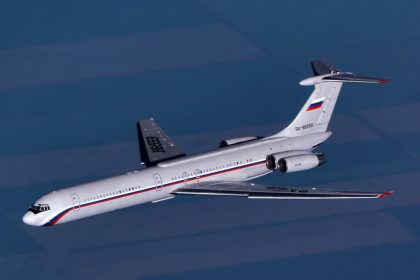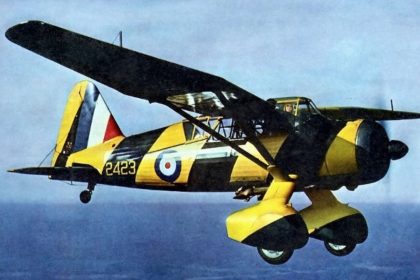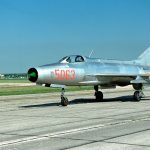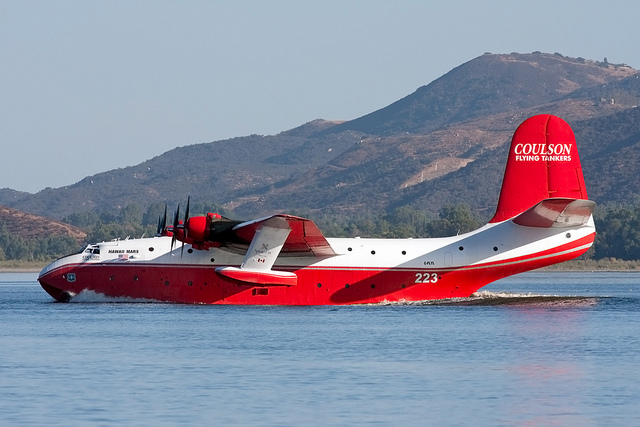Since his childhood, Randy Malmstrom has had a passion for aviation history and historic military aircraft in particular. He has a particular penchant for documenting specific airframes with a highly detailed series of walk-around images and an in-depth exploration of their history, which have proved to be popular with many of those who have seen them, and we thought our readers would be equally fascinated too. This installment of Randy’s Warbird Profiles takes a look at the Commemorative Air Force (CAF)’s Boeing B-29 Superfortress “Fifi”, s/n 44-62070.

This particular aircraft was delivered to the U.S. Army Air Corps in Salina, Kansas, on July 31, 1945. It remained state-side for its entire career, assigned to several airbases including Strategic Air Command, Grand Island Field, Nebraska. It was converted to a TB-29 trainer in 1953 and transferred to the U.S. Navy in 1956 and eventually ended up at China Lake, California. The restoration and maintenance is the stuff of legend – the people involved past, present and future (some of whom I have met and/or have exchanged dialogue). My photos and YouTube clips: http://youtu.be/EvLX9pkcikw http://youtu.be/g3lYn-P90SI http://youtu.be/NZUq9q0WtLQ
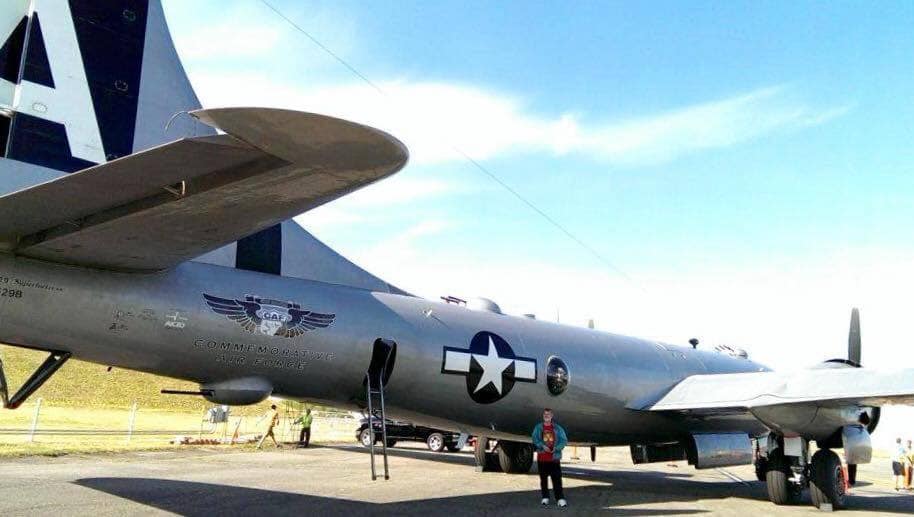
The B-29 was designed as a long-range heavy bomber, and whose nickname “Superfortress” is derived from the B-17 “Flying Fortress” nickname coined by Richard L. Williams, a writer and editor for the Seattle Times, when he was assigned to write a caption on a photo of the Model 299, a prototype of the B-17 that was unveiled at Boeing on July 17, 1935. Boeing presented a prototype as early as 1939, but the production version did not see combat until 1944. B-29s were flown in the Pacific Theater during World War II, where their long range and large bomb load were most needed (although two were delivered for non-combat to Europe late in the war – my dad was there in 1946 and spoke of them). The B-29 is, of course, most known for having dropped the atomic bombs on Hiroshima and Nagasaki (a secondary target chosen due to poor visibility over the primary target of Kokura). After its establishment in 1946, the U.S. Strategic Air Command began deployment of B-29s, some as RB-29 reconnaissance aircraft.

Powered by four Wright R-3350-23 Duplex/Cyclone engines, the B-29 was the first bomber to have pressurized crew compartments: forward, aft, and tail gunner positions, with a pressurized connecting tunnel over the bomb bays. It was entirely innovative in its use of an analog computerized remote-controlled sighting system for the guns. Except for the tail gunner, the gunners no longer sat in turrets but rather in sighting stations using a remote periscope sighting system for the turrets which had switches to obtain or relinquish control of the four turrets; the top turret gunner/central fire control officer had switches for changing control as to which gunner was on the target depending on his field of view; the gunners communicated via the interphone system.
The bombardier was generally responsible for the forward dorsal 4-gun turret and the forward ventral 2-gun turret for frontal attacks. Armament in this aircraft includes: twin-mounted General Electric .50 caliber machine guns in remote-controlled forward and rear ventral turrets and a ventral rear aft turret, and quad-mounted .50 cal. in a remote-controlled forward dorsal turret, and a pair in the tail turret. (Armament varied in these aircraft and a 20 mm cannon was added to the tail turret on some aircraft).
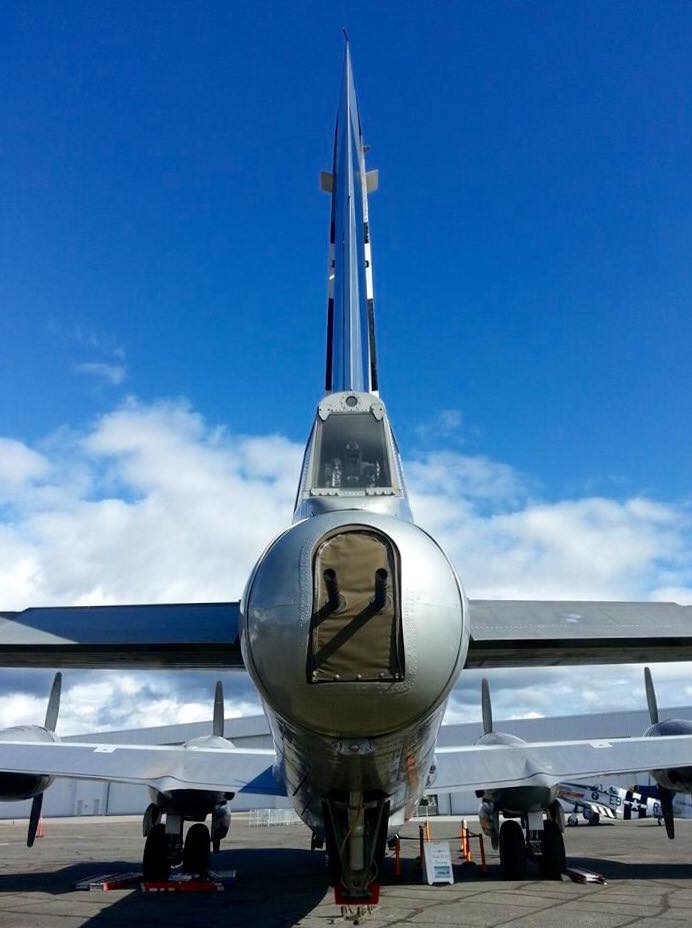
The crew generally consisted of ten: pilot, co-pilot, bombardier/togglier, flight engineer, radio operator, navigator, right gunner, left gunner, top gunner or central fire control, tail gunner (11 when radar was used). The top gunner sat in a pedestal seat nicknamed the “Barber’s Seat.” Due to the complexity of this aircraft, the flight engineer (who sat behind the co-pilot, facing aft and looking at an array of controls) had a very active role in flying the aircraft, responsible for the minute-by-minute monitoring and control of the engines. Each crew position was fitted with a 1936 Ford ashtray. The aircraft had a forward and smaller aft bomb bay and could carry a range of ordnance.
About the author
